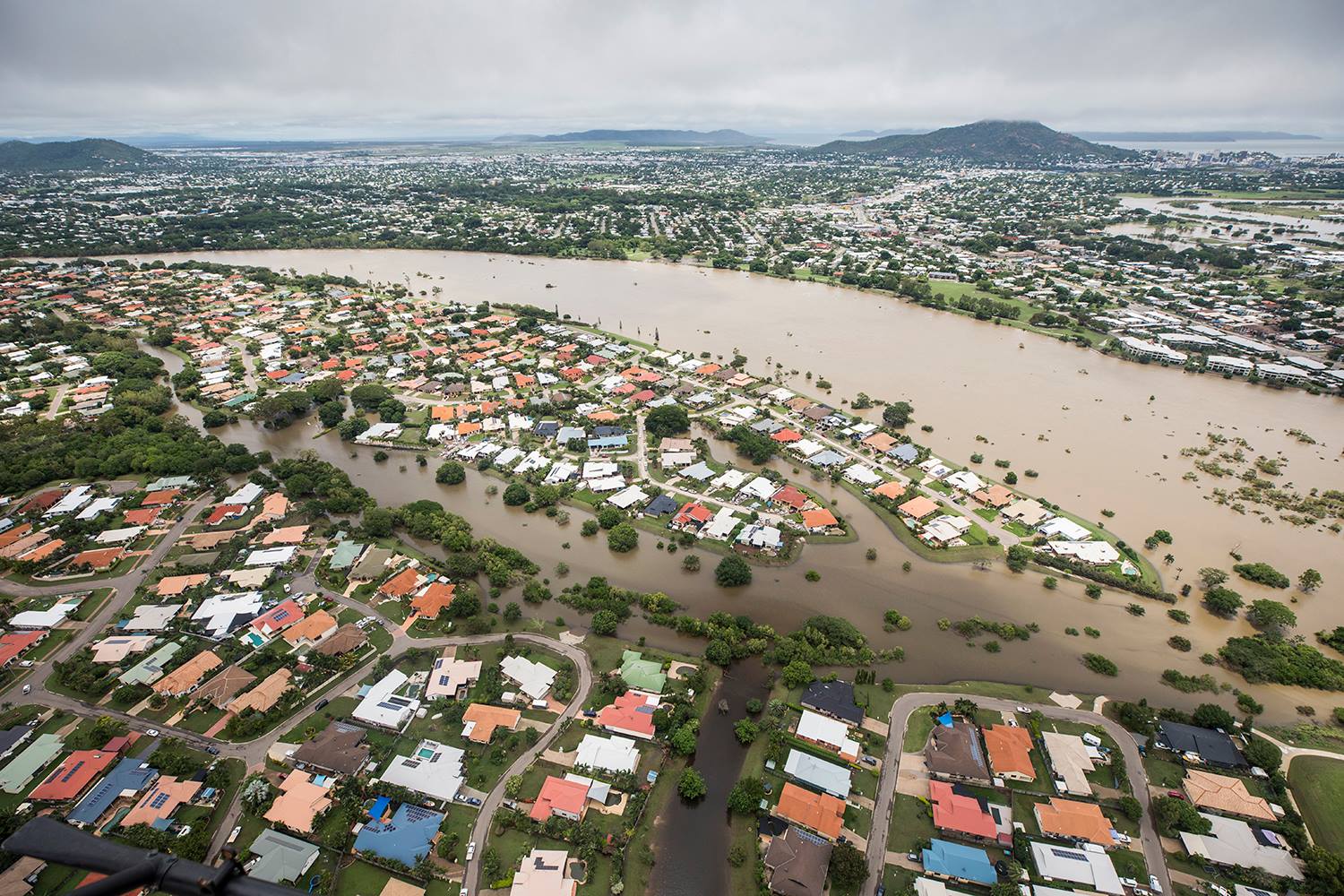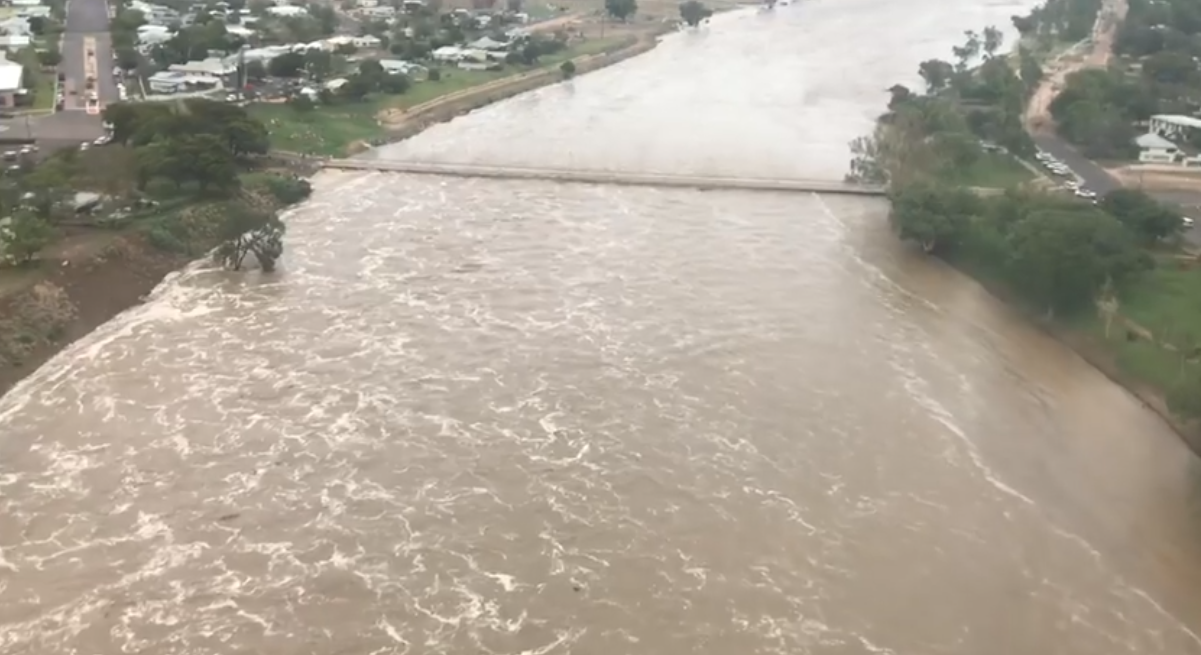The State Government will develop a business case for construction of a hydro-electric power station on the Burdekin Falls Dam, Premier Annastacia Palaszczuk said in Townsville today.
A plan to increase the Burdekin Falls Dam capacity by 150,000 megalitres to more than two million MLs at an estimated cost of $550 million is already being assessed by the State Government, working with the Federal Government under the National Water Infrastructure Development Fund.
Ms Palaszczuk said the government wanted to now investigate establishing a hydro-electric power station, which could generate 150 gigawatt hours – the equivalent of the annual energy use of 30,000 homes – based on the current size and more if the dam was raised.
The estimated cost of a 50MW hydro scheme at Burdekin Falls Dam is about $200 million.
“This project is critical for the development of northern Australia,” she said.
The dam is currently at 101 per cent of its 1.86 million megalitre storage capacity.
“The hydro-electric potential in the Burdekin has been talked about since the 1940s. It was last proposed in 2014, but the proponent shelved the project amid disarray in Abbott-Turnbull Government energy policy, at a time when the Nicholls-Newman Government remained firmly anti-renewables” she said.
“Today I’m calling on the Prime Minister to work with my government as we develop a Burdekin Hydro business case to complement the strategic assessment under way on the raising of the Burdekin Falls Dam by two metres to store more water and generate electricity.
“This will complement the existing Koombooloomba, Kareeya and Barron Gorge hydro power stations currently operating in North Queensland and the 800 MW pipeline of renewable energy projects committed in North Queensland over the last 12 months, a $1.5 billion investment supporting more than 1400 jobs.”
Queensland Resources Council (QRC) chief executive Ian Macfarlane said all options needed to be on the table to secure the state’s future energy mix.
“The establishment of a small hydroelectric power station at the state’s largest dam will add much needed supply into the east coast electricity market,” Mr Macfarlane said.
Mr Macfarlane also urged the Queensland Government to consider the development of the Tully Millstream Hydro project to provide even more base load power in north Queensland.
“Once again Queensland is setting an example for southern states on how to run a balanced energy policy by considering all options – coal, gas, renewables – to deliver affordable, reliable energy,” Mr Macfarlane said.
“But if we are to be agnostic in terms of the sources of energy the government should also support the addition of a modern high efficiency, low emission (HELE) power plant in Townsville, using some of the highest quality, low emission coal in the world right here in Queensland.
“If this region is to generate jobs and develop to its full potential it must have its own stable power generation including both hydroelectricity and coal-fired power supply.”


